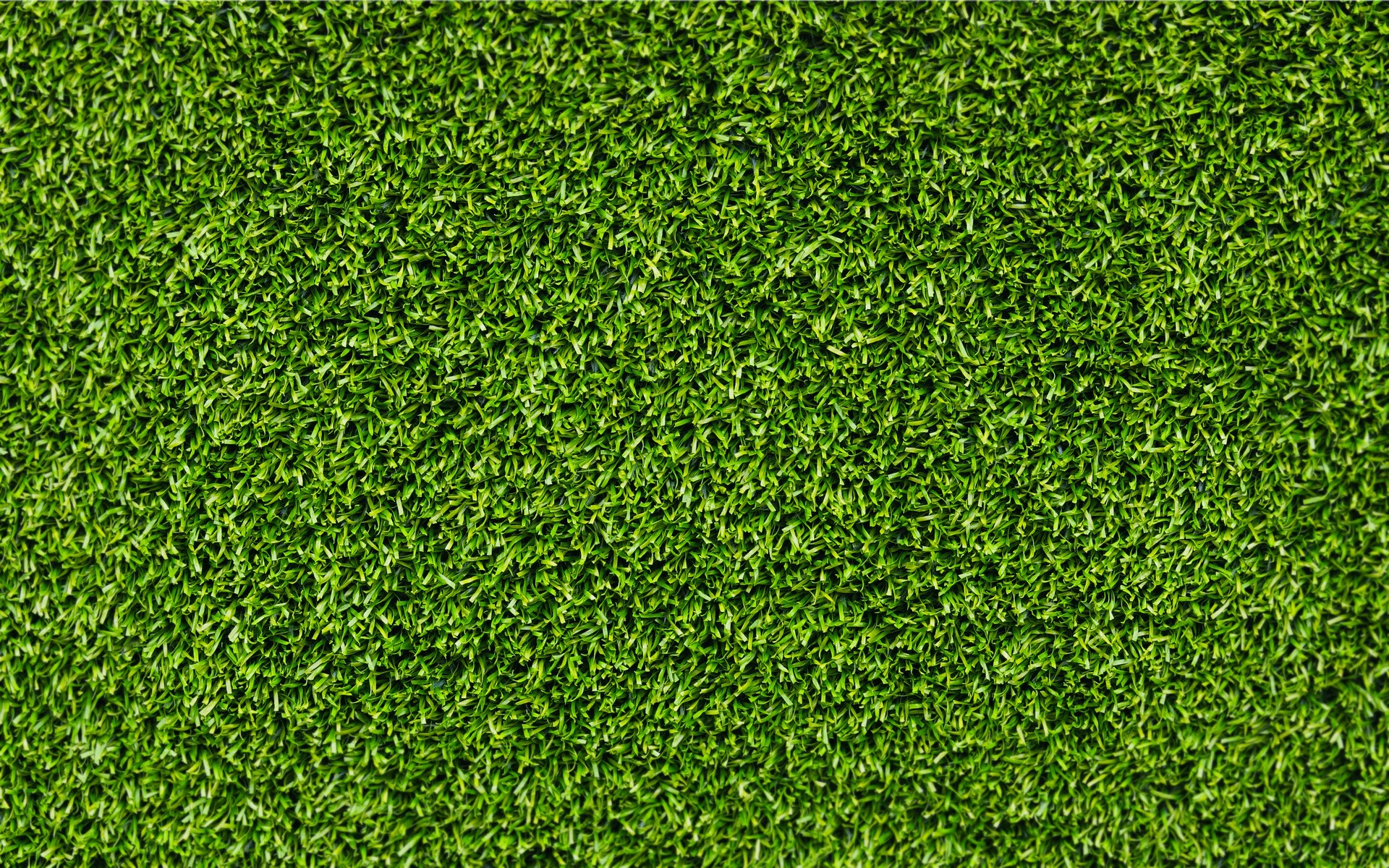
25 Feb Why do you do that? Aeration
 AERATION!!
AERATION!!
Spring has arrived, the air temperature is warming, you’ve been stuck inside for the consecutive late winter Nor’easters. You dust off your clubs, head to your favorite golf facility, eager to hit the first tee shot of the year and then walk on the practice green…. Holes! and Sand! Everywhere!! Why does the superintendent do this every year??? Or better yet, why when the greens are the best do we feel the need to mess it all up?! Let me see if I can help.
Simply put…the value is in the name. Aeration means the incorporation of air into the root zone by means of opening up pore space. But why does that matter? Why can’t we just use those tiny spikes every time and get air that way? The answer is Golf. By this, I mean all the practices we incorporate to provide the best putting surface possible by mowing and rolling with heavy machinery, golfers walking thousands of steps to play the game, and more. It all contributes to compaction of the soil structure. And compaction and grass roots do not work well together. There are several negative impacts of compacted soil and I will save you all of the scientific terminology and point out a simple example. Have you ever had a dog that loved to run the exact same path in the yard or noticed that spot on the course where ALL the carts love to drive? What happens to grass there? What grass? Worse yet, have you attempted to seed these worn areas only to no avail. Simply put, the ground is too compacted to support growth. Now pick a spot in that path, grab a shovel and dig a small hole (preferably not one that is 6 feet deep and will fit your local Golf Course Superintendent). Once you’ve done this, try to gently rake the dirt back into the hole…what happens? You have leftover dirt; why? Because there is now air and pore space in the soil structure. If you were to take this one step further and seed that spot and keep Fido off of it for a week or so, you’d have grass! Air and pore space is where it’s at for turf roots, water movement, and overall plant health. Of course, the best aeration method would be one that farmers use annually, to till or plow and “reset” the entire soil structure. However, I don’t think I would be too successful of a superintendent if I loaded up my disk harrow every spring and started plowing, but core aeration is an excellent option that combines the least amount of surface disruption possible with the most impactful agronomic benefit. So, next time you see your golf course staff getting out that dreaded “play disruptor” take a deep breath of that fresh outdoor air and just realize we are letting the greens do the exact same thing.


No Comments